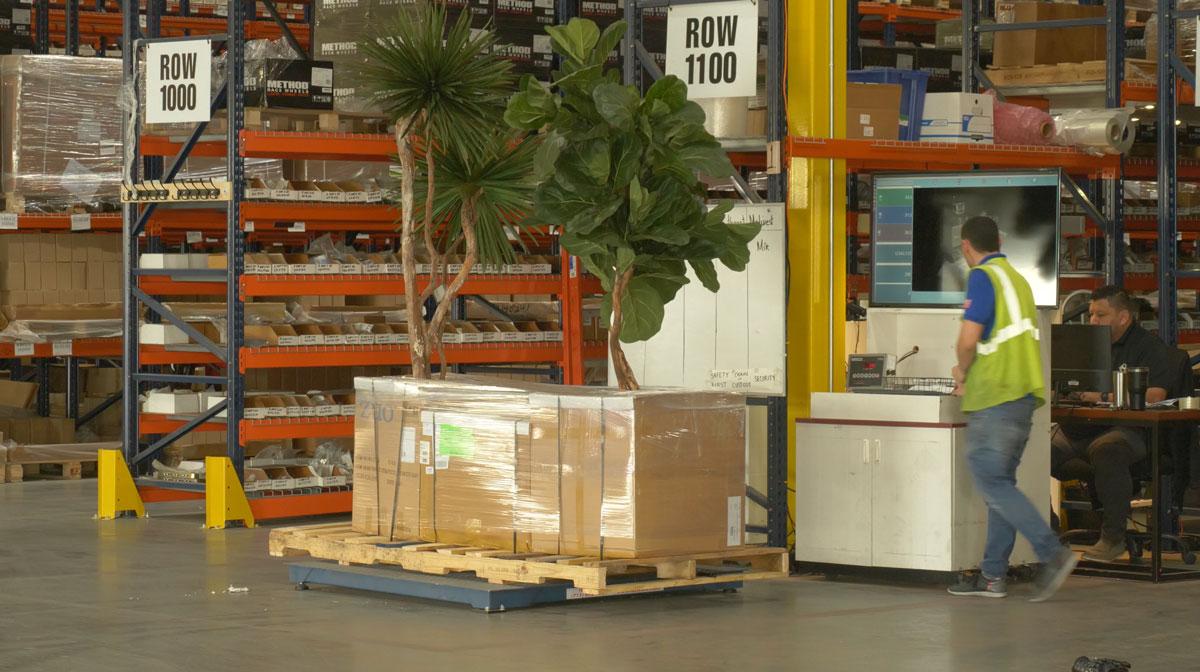Notifications

4 minutes, 29 seconds
-18 Views 0 Comments 0 Likes 0 Reviews

In today's fast-moving logistics landscape, accurate freight measurement is critical to maintaining efficiency, reducing costs, and improving transparency. Whether you're shipping products across the country or managing a busy distribution center, the need for fast and precise freight dimensioning has never been more important. This is where a freight dimensioning system and pallet dimensioning technology come into play.
These systems not only automate the process of measuring freight dimensions, but they also help eliminate human error and optimize space utilization. Let’s dive into how these tools revolutionize supply chain operations.
A freight dimensioning system is a high-tech solution used to automatically measure the dimensions (length, width, height) and weight of freight items. These systems are essential for logistics providers, carriers, and warehouse operators who need precise data for billing, storage planning, and shipping calculations.
Laser or 3D image-based measurement technology
Integrated weight sensors
Cloud-based data capture
Real-time analytics and reporting
Compatibility with warehouse management systems (WMS)
Accurate freight dimensioning prevents undercharging and ensures fairness between carriers and shippers. Moreover, it drastically reduces the time taken to process freight compared to manual measuring.
Pallet dimensioning refers to the measurement of goods placed on a pallet before shipment. Palletized freight needs to be accurately dimensioned to make the most of container space, prevent overloading, and calculate shipping charges correctly.
Saves Time: Automation reduces manual labor and increases throughput.
Increases Accuracy: Eliminates inconsistent manual measurements.
Improves Efficiency: Helps in better planning of warehouse storage and truck loading.
Reduces Shipping Disputes: Accurate dimensions prevent chargebacks and incorrect billing.
From freight forwarding to e-commerce distribution, freight dimensioning system are becoming a must-have in modern warehouses. These systems streamline inbound and outbound processes, enabling quicker turnaround times and accurate data logging.
Optimizing packaging sizes
Preventing over-packing and wasted space
Dynamic space allocation in storage facilities
Reducing human error and associated rework
By integrating dimensioning with WMS, facilities gain real-time visibility into space usage and inventory management, enabling better decision-making and cost savings.
Investing in a freight dimensioning system and automated pallet dimensioning capabilities is a smart move for any logistics operation looking to cut costs, improve accuracy, and scale efficiently. These systems not only simplify the measuring process but also bring transparency and intelligence to supply chain management.
Q1: What is the difference between freight and pallet dimensioning?
A: Freight dimensioning refers to measuring any cargo, while pallet dimensioning specifically measures palletized goods.
Q2: How does a freight dimensioning system work?
A: These systems use lasers or 3D imaging to capture the size and weight of freight items quickly and accurately.
Q3: Can dimensioning systems integrate with WMS?
A: Yes, most modern systems offer seamless integration with warehouse and inventory management software.
Q4: Why is automated pallet dimensioning more efficient than manual measuring?
A: It reduces errors, saves time, and improves throughput by automating what is usually a labor-intensive task.
Q5: Is a freight dimensioning system a worthwhile investment for small warehouses?
A: Absolutely. Even small operations benefit from improved accuracy, reduced labor, and minimized shipping errors.

